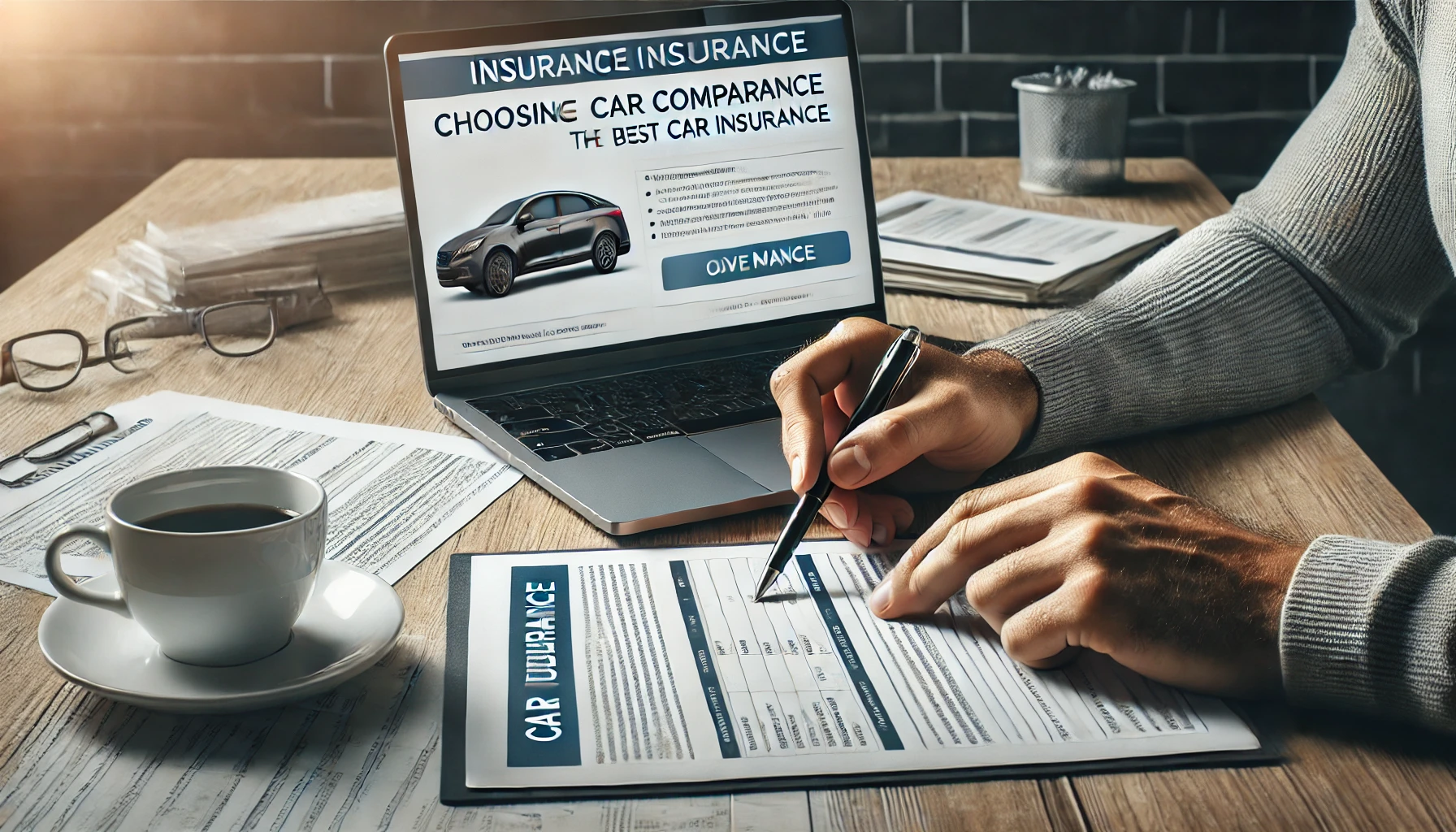Fuel costs are a significant expense for any car owner, and with fluctuating fuel prices, finding ways to maximize fuel efficiency is more important than ever. The good news is that you don’t need to buy a hybrid or an electric car to save money on gas. By adopting smarter driving habits and maintaining your vehicle properly, you can cut fuel costs and improve your car’s overall performance.
In this guide, we’ll explore 10 effective tips to help you save fuel and make your daily driving more economical.
1. Drive Smoothly and Avoid Aggressive Acceleration
One of the biggest fuel-wasting habits is aggressive driving—rapid acceleration, hard braking, and high-speed driving. This type of driving can reduce your fuel economy by up to 30% on highways and 40% in stop-and-go traffic.
✅ How to fix it:
- Accelerate gradually instead of flooring the gas pedal.
- Maintain a steady speed instead of constantly speeding up and slowing down.
- Anticipate traffic flow and apply brakes gently.
2. Maintain a Consistent Speed with Cruise Control
Using cruise control on highways helps maintain a steady speed, reducing unnecessary acceleration and braking that wastes fuel. Many modern cars also have adaptive cruise control, which adjusts speed based on traffic flow.
✅ When to use cruise control:
- On highways with minimal traffic.
- On flat roads, where speed changes are unnecessary.
🚫 Avoid using it: On hilly or uneven terrain, as it may use more fuel to maintain speed.
3. Keep Your Tires Properly Inflated
Underinflated tires increase rolling resistance, forcing your engine to work harder and consume more fuel. According to the U.S. Department of Energy, properly inflated tires can improve fuel efficiency by up to 3%.
✅ How to check tire pressure:
- Use a tire pressure gauge at least once a month.
- Follow the manufacturer’s recommended PSI (found in your car manual or on a sticker inside the driver’s door).
- Inflate tires when they are cold, as heat can cause incorrect readings.
4. Reduce Unnecessary Weight in Your Car
Carrying extra weight increases fuel consumption. Every 100 pounds of extra weight can reduce fuel economy by 1% to 2%. If your trunk is filled with unnecessary items, you are spending extra money on fuel.
✅ How to reduce weight:
- Remove unused tools, sports equipment, or heavy luggage from your car.
- Avoid keeping roof racks or cargo boxes on when not in use, as they create air resistance.
5. Use the Right Motor Oil and Keep Your Engine Maintained
Your car’s engine works best when properly lubricated. Using the wrong engine oil can increase friction, making your engine work harder and consume more fuel.
✅ Tips for better efficiency:
- Use the oil recommended in your owner’s manual (e.g., synthetic or conventional oil).
- Change the oil at recommended intervals to ensure smooth engine performance.
- Check and replace air filters regularly to avoid engine inefficiency.
6. Avoid Idling for Long Periods
Many people let their cars idle while waiting in traffic, in parking lots, or even at drive-thru restaurants. However, idling wastes fuel unnecessarily. Modern engines don’t need to “warm up”, so long idle times are just a waste of gas.
✅ Fuel-saving alternative:
- If stopping for more than 60 seconds, turn off your engine.
- In modern cars with start-stop technology, use this feature to save fuel.
🚫 Myth: Restarting the engine uses more fuel than idling—this is false for modern vehicles.
7. Plan Your Trips to Reduce Mileage
Short, unnecessary trips increase fuel consumption because starting a cold engine burns more fuel. Instead of making multiple small trips throughout the day, try to combine errands into one trip.
✅ How to optimize routes:
- Use GPS apps (Google Maps, Waze) to find the shortest and least congested routes.
- Plan shopping and work commutes efficiently to avoid peak traffic hours.
- Consider carpooling to share fuel costs with others.
8. Use Air Conditioning Wisely
Running the air conditioner puts extra load on the engine, increasing fuel consumption. However, driving with the windows down at high speeds creates drag, which also reduces fuel efficiency.
✅ How to use AC efficiently:
- Use the ventilation system instead of AC when possible.
- At lower speeds, roll down the windows instead of using the AC.
- On highways, use AC instead of open windows to avoid drag.
9. Shift Gears Properly in Manual Cars
If you drive a manual transmission car, improper gear shifting can lead to higher fuel consumption. Shifting to higher gears too late means higher RPMs, which burns more fuel.
✅ How to shift gears efficiently:
- Shift up before hitting high RPMs (consult your car’s manual for ideal shift points).
- Avoid revving the engine excessively before shifting gears.
- Use engine braking when slowing down instead of hard braking.
For automatic cars: Most modern vehicles have eco-driving modes—activate them to optimize gear shifting and save fuel.
10. Choose the Right Fuel for Your Car
Many drivers assume that premium fuel is better for all cars. However, if your car doesn’t require premium gas, using it won’t improve performance—it will only waste money.
✅ How to choose fuel wisely:
- Follow the manufacturer’s recommendation (found in the owner’s manual).
- Regular gasoline is fine for most vehicles unless your car specifically requires premium fuel.
- Avoid cheap, low-quality fuel from unreliable gas stations—it can harm engine efficiency.
Final Thoughts: Small Changes Make a Big Difference!
Saving fuel isn’t just about cutting costs—it’s also about reducing carbon emissions and making driving more efficient. By following these 10 practical tips, you’ll notice a significant improvement in your fuel economy and overall vehicle performance.
💡 Bonus Tip: Always track your fuel consumption! Many modern vehicles have fuel efficiency monitors, or you can use apps like Fuelio or Drivvo to track and analyze fuel usage.
Would you like more car-related tips? Keep following AutoDicas.Online for expert insights on car maintenance, fuel savings, and automotive trends!


